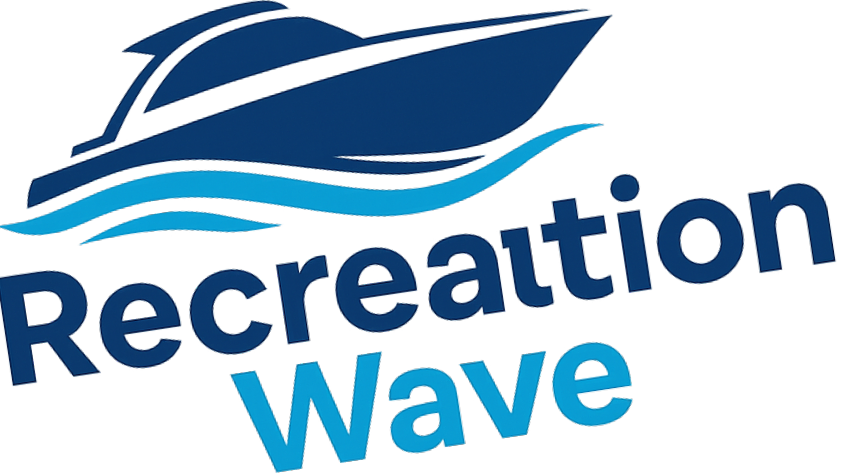
Discovering the True Story Behind Bethany Hamilton's Shark Attack
On October 31, 2003, a fateful day unfolded in the waters off Kauai when 13-year-old Bethany Hamilton was attacked by a 14-foot tiger shark. The traumatic incident left her without her left arm and has become a powerful narrative of resilience and strength. Fast forward to today, Bethany has made significant strides not only as a professional surfer but also as a motivational speaker and mother. Her recent social media posts aimed to clear up some misconceptions surrounding her attack, especially the rumor that she was involved in the shark's demise.
Setting the Record Straight: Did Hamilton Kill the Shark?
In her recent video response, Hamilton candidly addressed the rumor: "Imagine a 13-year-old girl, who just lost her arm to a shark, and then she goes and kills the shark somehow. That’d be pretty beast mode, honestly. But that wasn’t the case." She emphasized that she had no involvement in the shark's killing as she was recovering in the hospital. This insight is crucial in understanding the emotional and mental toll such an event takes on a survivor.
A Community Perspective on Shark Conservation and Protection
Bethany’s relationship with the local surfing community adds another layer to this conversation. After the attack, many locals felt relief when the shark was killed, viewing it as a necessary response to protect surfers. However, Hamilton’s advocacy for shark safety has evolved. She now champions alternatives to shark culling, such as Sharkbanz, which sends out electromagnetic fields to deter sharks. "I think it’s a much better option than nets that mess with other animals and culling," she stated. This shift hints at a broader movement within the surfing community towards coexistence with marine wildlife.
Resilience: A Survivor’s Message to the World
Hamilton's story is more than just about surviving an attack; it's a narrative of transformation. Since the incident, she has made a remarkable journey, proving that having one arm does not limit her ability to surf serious waves. Her resilience and spirit are inspiring countless people, both within and outside the surfing community, showcasing the importance of mental toughness and determination.
Understanding Shark Behavior and Safety in Water Sports
The conversations sparked by Hamilton's remarks also stoke larger discussions about shark safely, marine conservation, and reef ecosystems. As a professional surfer and advocate for environmental sustainability, Hamilton reminds us of the need to understand marine life behaviors, emphasizing education on what attracts sharks and how to coexist in ocean habitats.
Towards a Sustainable Future for Surfers and Sharks
Education about shark behavior and protection also means embracing a sustainable future. By promoting tools like Sharkbanz over culling, Bethany Hamilton offers a positive solution for coexistence. Just like surfers, sharks are essential to the marine ecosystem. Understanding their role helps ensure that future generations can continue to enjoy the ocean safely.
Hamilton's messages of resilience and environmentally sustainable practices resonate particularly well with today’s audiences as they engage in outdoor sports. Her story encourages us not only to confront fears but also to protect our oceans.
Your Role in Marine Conservation
As a community of water enthusiasts, it's our responsibility to engage in sustainable practices that protect our oceans. Consider participating in local clean-up efforts or supporting organizations focused on marine preservation. By doing so, we can ensure that both surfers and sharks thrive in a healthy ecosystem.
Let's take Bethany's lead and promote safer surfing, kindness towards our ocean friends, and an awareness of our impact on marine life. The next time you're out on the waves, remember: respecting the environment ensures it remains vibrant for all.
 Add Row
Add Row  Add
Add 




Write A Comment